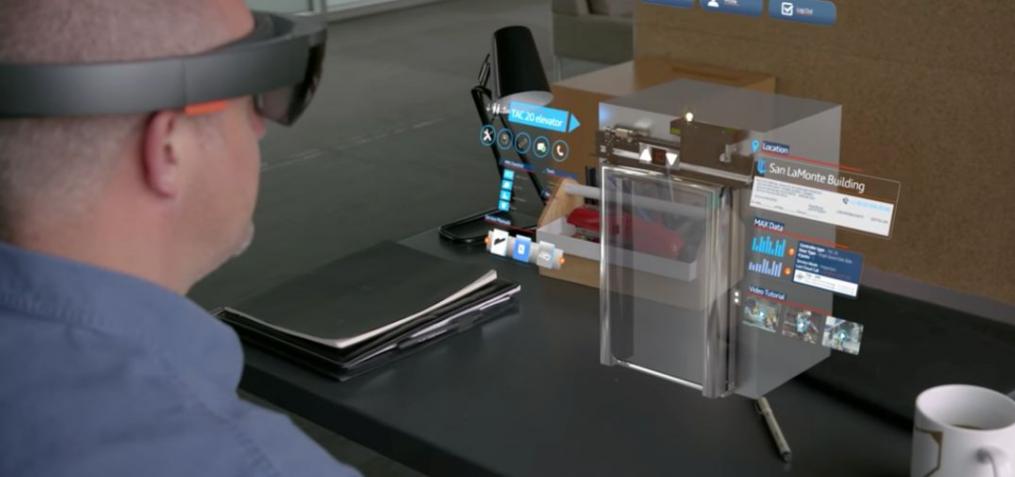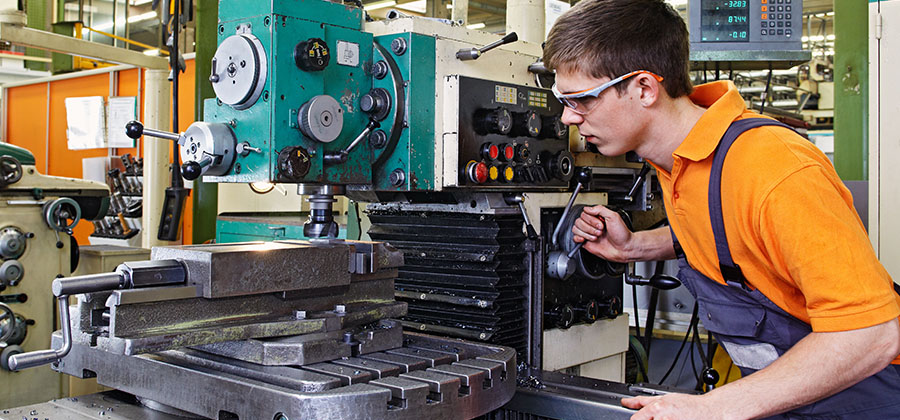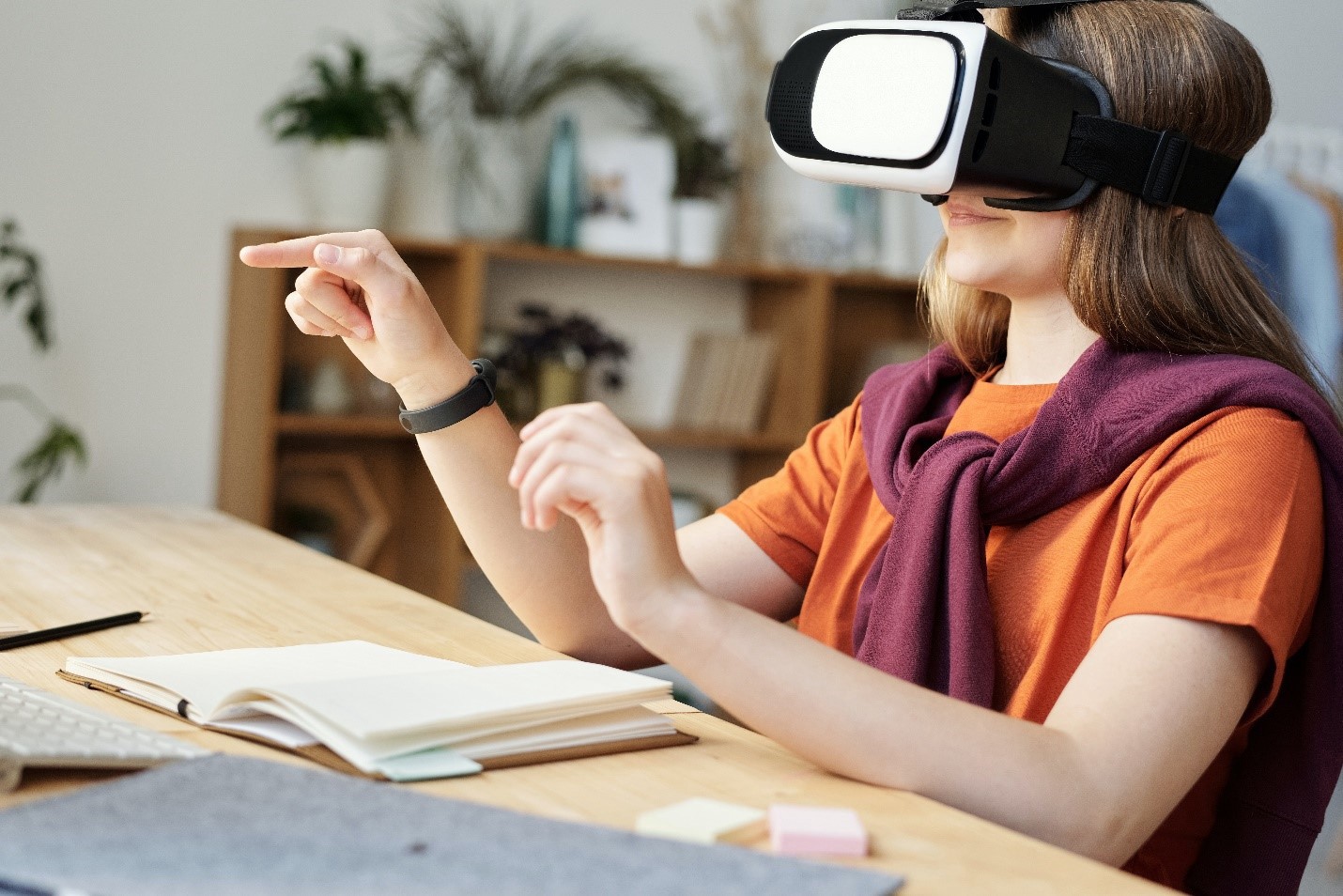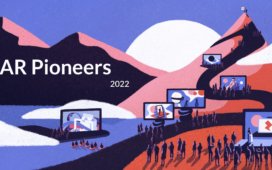Want to learn more about how Augmented Reality is changing industries? Check out this post to learn more about AR in retail, travel, tourism, and more!
With the ability to overlay virtual information over the real environment, Augmented Reality (AR) has made significant strides across industries. The debut of Pokemon Go is the best example of Augmented Reality’s impact. Millennials were going crazy over Pokemon Go and other AR games launched by Niantic and even made Guinness records. Besides gaming, AR is making its mark across all industries, providing spontaneous off-the-cuff solutions to consumers. An IDC report shows that AR spending across industries will grow at a CAGR of 113 percent. In this article, we’ll discuss some interesting ways in which AR is revolutionizing businesses.
Augmented Reality for Manufacturing Design
Conventionally, asset design involved assuming conditions that were close possible to real operating conditions. For example, using 3D models to simulate in the real conditions around them. Now, with augmented reality, it is possible to design in real conditions without even having the real condition present around the 3D model.
Here’s an interesting use-case implemented by Alstom Transport. They use augmented reality for designing trains. Using AR technology, they created virtual conditions in the real environment based on how trains operate. The immersive experience allows product designers to get a real sense of design in operating environments. This eventually enables them to create better travel experiences for passengers.
Augmented Reality for Repair and Maintenance
If you’ve ever tried to repair your own car, you are probably familiar with the chaos of opening up the hood and seeing unrecognizable parts. You end up getting frustrated trying to fix things and eventually approach a service center, get it repaired after two or three days, and are then charged a hefty sum for their services. This is even more frustrating. The expert will come and check, suggest a solution, and take your car to get serviced.
Now, imagine a scenario where an expert technician was right next to you when you opened the hood. They are able to tell you exactly what every part does, which part has malfunctioned, which one to disconnect, and how to replace it. Things would be incredibly simple, right? This is exactly what Augmented Reality does.
Augmented Reality apps enable consumers to make the common repair and maintenance tasks themselves. The app would walk customers through the different steps of troubleshooting, repairing, and replacing. This saves time and money that customers would spend in service centers.
Caterpillar, one of the world’s leading manufacturers of mining and construction equipments, has developed an app that helps customers understand and resolve equipment issues via AR. ThyssenKrupp Elevators have a similar app, and they claim that a maintenance task, that used to take hours longer, can now be done in less than twenty minutes.
Augmented Reality for Technical Talent Development
Companies are making their training more efficient and effective by using AR. Traditional training methods employed one trainer to a group of people. Though this method is widely accepted, it still had shortcomings. For example, the trainer may not always be available to all the trainees. Trainees may not get along with the trainer, or they might hesitate to ask more questions. These issues make training less effective, which would eventually affect the quality of production.
Imagine having a personal trainer for every trainee, who is available all the time. This is what the AR training apps do. The AR digital trainers assist every employee, anytime and anywhere. Incorporating AR in the training process can reduce human errors and miscommunication to spectacular degrees. This feature can be incredibly useful to asset-intensive industries where even minor human errors lead to financial disasters.
Augmented Reality in Retail
Retail seems to be more adaptive to AR than any other industry. AR reaches shoppers via beacons, connecting with user accounts through apps, in-store scanners, kiosks, digital product catalogs, and much more. Here are some interesting ways retailers are improving their customer experience:
– Product catalogs
– Try before you buy
– Provide personalized offers
Product Catalogs
Imagine picking a product from the shelf and, suddenly, you see all the information about that product in the digital signage next to you. This is what Scala is doing in their store. They use a tiny beacon in every product and have arranged them in a way that the beacons enter the range of a Bluetooth-enabled digital signage as soon as they pick the product. This is called lift-and-learn technology.
Scala has taken this to the next level by enabling product comparison. For example, when a user picks a shoe from the shelf, the digital signage displays information about that shoe. When users pick two shoes at a time, it shows a product comparison. Amazing, isn’t it? This is just the start, however. It’s easy to imagine combining metadata stored in a database with machine learning and web scraping technology. Thus, someone who scans a can of tomato sauce might instantly see highly rated pasta recipes from all recipes or the New York Times, along with other necessary ingredients.
Try Before You Buy
Trying on clothing or makeup before buying it is a great idea. But, not all the customers will have the time to try all the products before buying one. AR takes this issue to the next level and enables customers to try various products in seconds.
For example, L’Oreal’s Makeup Genius app helps smartphone users turn their cameras into mirrors and help them to virtually try out different L’Oreal’s products. With this app, shoppers can scan labels, match colors, try on different products, and even share the results on social media asking for suggestions.
This also avoids the need for customers to visit a physical store to try on products if they want to buy them online.
Provide Personalized Offers
AR brings to the brick-and-mortar stores the advantage of personalization strategies associated with e-shopping. It is like an offline emulation of amazon displaying promotions based on your browsing behavior and generates tailor-made advertisements for every customer. As a result, customers get to see highly targeted ads rather than generic displays based on behaviors and purchase history.
Augmented Reality in Travel and Tourism
The CSIA Airport Mumbai launched the most advanced airport navigation app in India. This app is supported through Augmented Reality and iBeacon technology. The app was built to assist passengers with interactive navigation and allow them to easily look up for the various venues of the airport. Passengers can also specify their flight number on the app and receive relevant updates.
AR is being a digital guide for the tourists and is way better than smartphone Maps, because AR provides indoor navigation. When traveling to a place where a person speaks a language foreign to you, AR equipped apps will save you. You can scan the printed materials, like signboards and menu cards, and the app will translate them for you.
Some AR apps help you take virtual tours of restaurants, museums, and other cool places. This way you can decide if you should go to the place without having to physically check it out.
Wrapping Up
Digital transformation is elevating customer experiences, and the customer expectations are growing at the speed of thought. It is important to keep incorporating useful technologies like AR in your business. Because, if you don’t, your competitor will.




